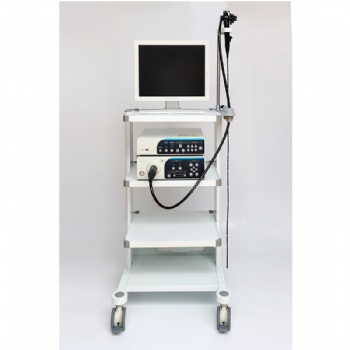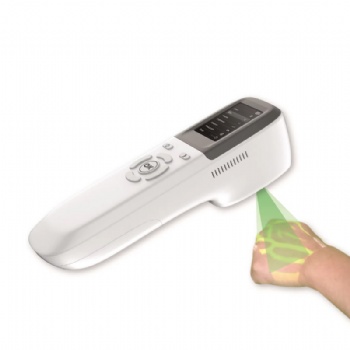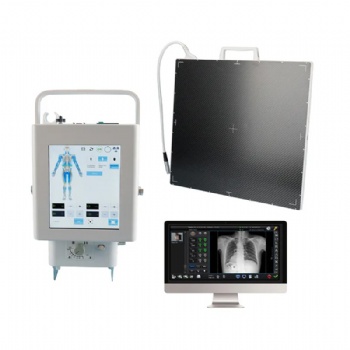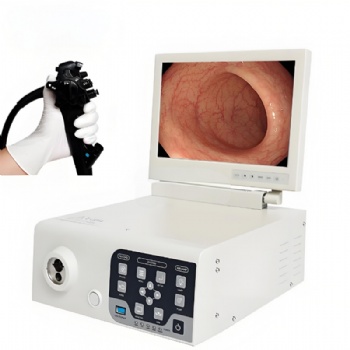News
The Components of an Endoscope Camera System
An endoscope camera system comprises several essential components that work together to facilitate minimally invasive medical procedures and diagnostic imaging. These components enable healthcare professionals to visualize the interior of the body and perform procedures with precision. The key components of an endoscope camera system include:
Endoscope: The endoscope is a long, thin, and flexible or rigid tube that is inserted into the body through a natural opening (e.g., the mouth, rectum) or a small incision. It houses the camera and other necessary elements to provide a direct view of the target area.
Camera Head: Located at the distal end (the tip) of the endoscope, the camera head contains a high-resolution camera sensor. This camera captures detailed images and videos of the internal structures being examined.
Light Source: Proper illumination is crucial for endoscopy procedures. Endoscope systems include a light source, often using fiber optic technology, to provide intense and focused illumination within the body cavity. This illumination is transmitted through the endoscope's channels or optical fibers.
Video Processor: The video processor receives the images and video feed from the camera head and processes the data. It converts the analog signals into a digital format, enhancing image quality and enabling real-time display on a monitor. The video processor may have additional features like zoom, freeze-frame, and image enhancement.
Monitor: A high-resolution monitor displays the images and videos obtained during the endoscopy procedure. Healthcare professionals use the monitor to guide the endoscope and assess the patient's condition in real time. The monitor provides a clear visual representation of the internal structures.
Recording and Storage: Many endoscopy camera systems allow for the recording and storage of the procedure's images and videos. This is valuable for documentation, review, and reference in patient care, as well as for educational and research purposes.
Remote Control: Some systems come with a remote control unit that allows the healthcare professional to manipulate the camera settings, focus, and other parameters during the procedure. This enables them to adjust the camera view without physically handling the endoscope.
Categories
Contact Us
- +86-18018467613
- +86-13357930108
- info@82tech.com




